Author Archives: Sergi Isasi
Author Archives: Sergi Isasi
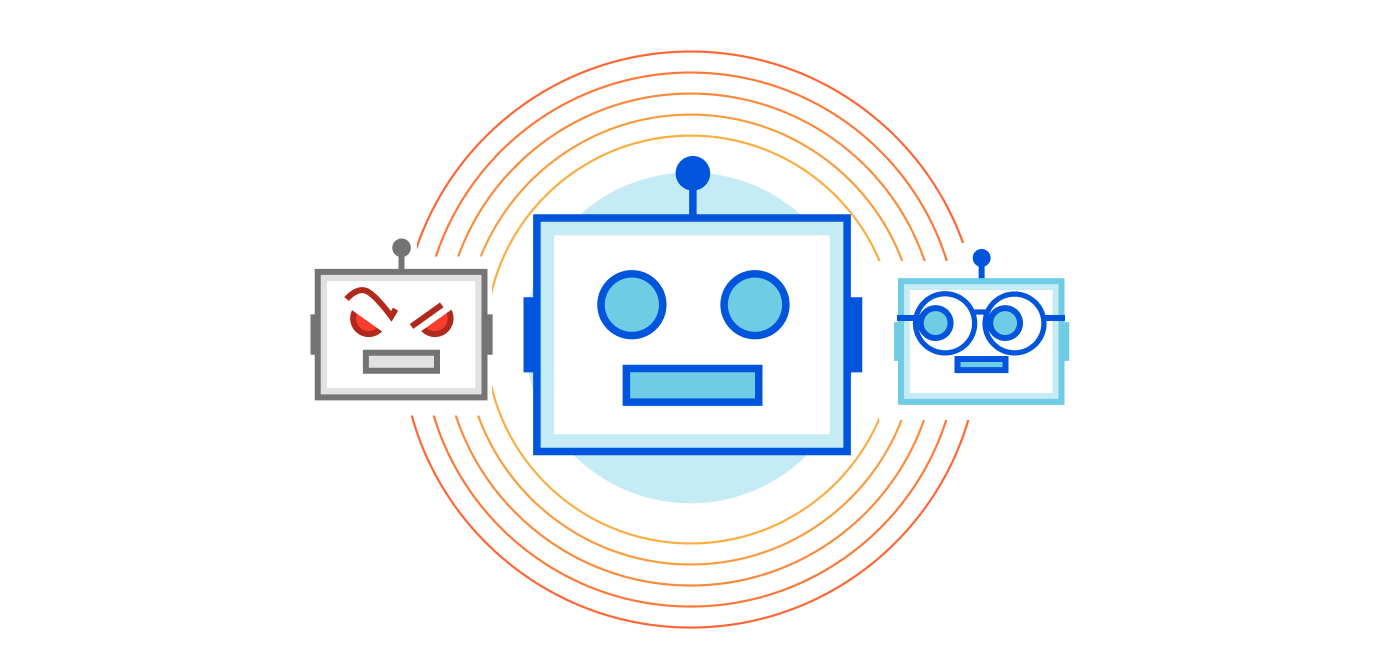
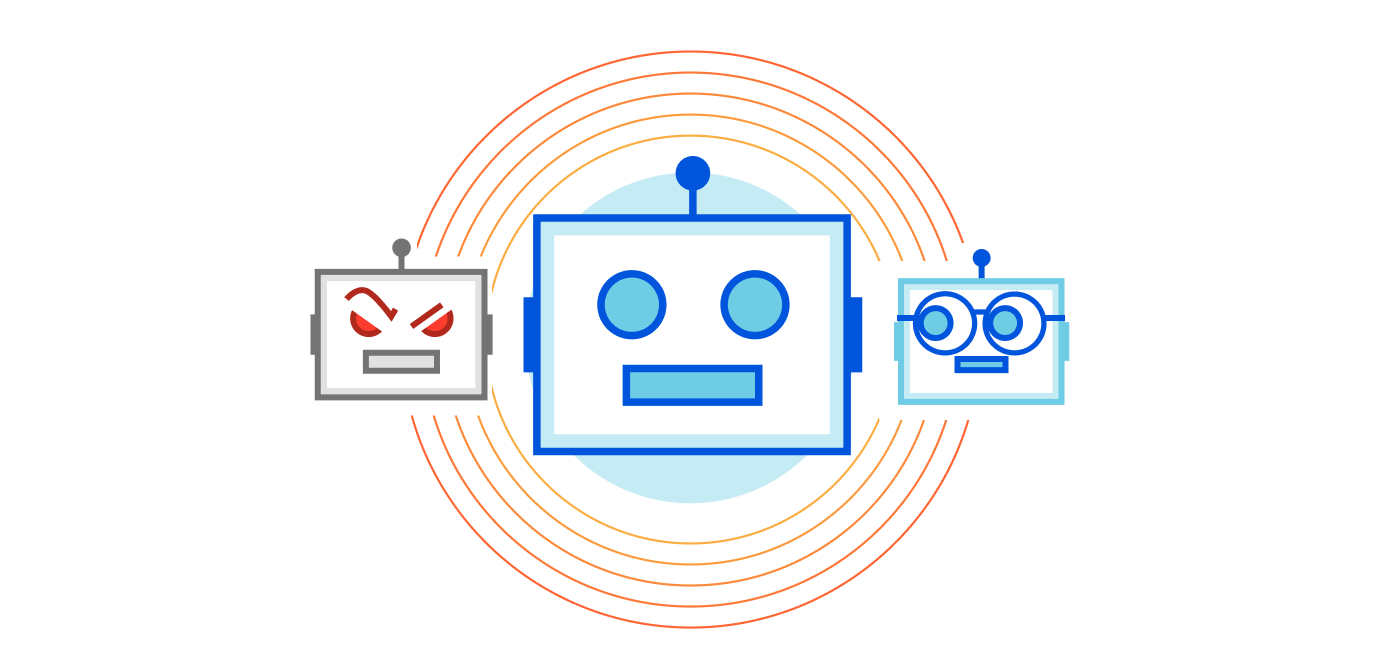
The word “bots” on the Internet is a fairly loaded one. My earliest ‘bot’ experience was on IRC, where bots were quite helpful in making sure your favorite channel didn’t get taken over by malicious users and allowed for fun games of trivia. Around five years ago, “bots” were often referencing text chats in combination with AI and messaging platforms/apps as a new way to interact with customers. Today most of the connotations around bots on the Internet, particularly in the security space, are negative and we have a number of vendors offering new ways to detect and block bots.
In its most simple form, a bot is an automated piece of software that replaces human interaction. In the examples above, this is done so we can scale a process to be faster or more extensive than a single manual action. Search Engine bots exist because it is impossible (or at the very least, impractical) to crawl the Internet one curl at a time. The benefit of scale can be used for both good and for bad, by attacking a property on the Internet. Bots are used for attacks at scale — they can be deployed to attack an Continue reading


Cloudflare is deprecating the __cfduid cookie. Starting on 10 May 2021, we will stop adding a “Set-Cookie” header on all HTTP responses. The last __cfduid cookies will expire 30 days after that.
We never used the __cfduid cookie for any purpose other than providing critical performance and security services on behalf of our customers. Although, we must admit, calling it something with “uid” in it really made it sound like it was some sort of user ID. It wasn't. Cloudflare never tracks end users across sites or sells their personal data. However, we didn't want there to be any questions about our cookie use, and we don’t want any customer to think they need a cookie banner because of what we do.
The primary use of the cookie is for detecting bots on the web. Malicious bots may disrupt a service that has been explicitly requested by an end user (through DDoS attacks) or compromise the security of a user's account (e.g. through brute force password cracking or credential stuffing, among others). We use many signals to build machine learning models that can Continue reading
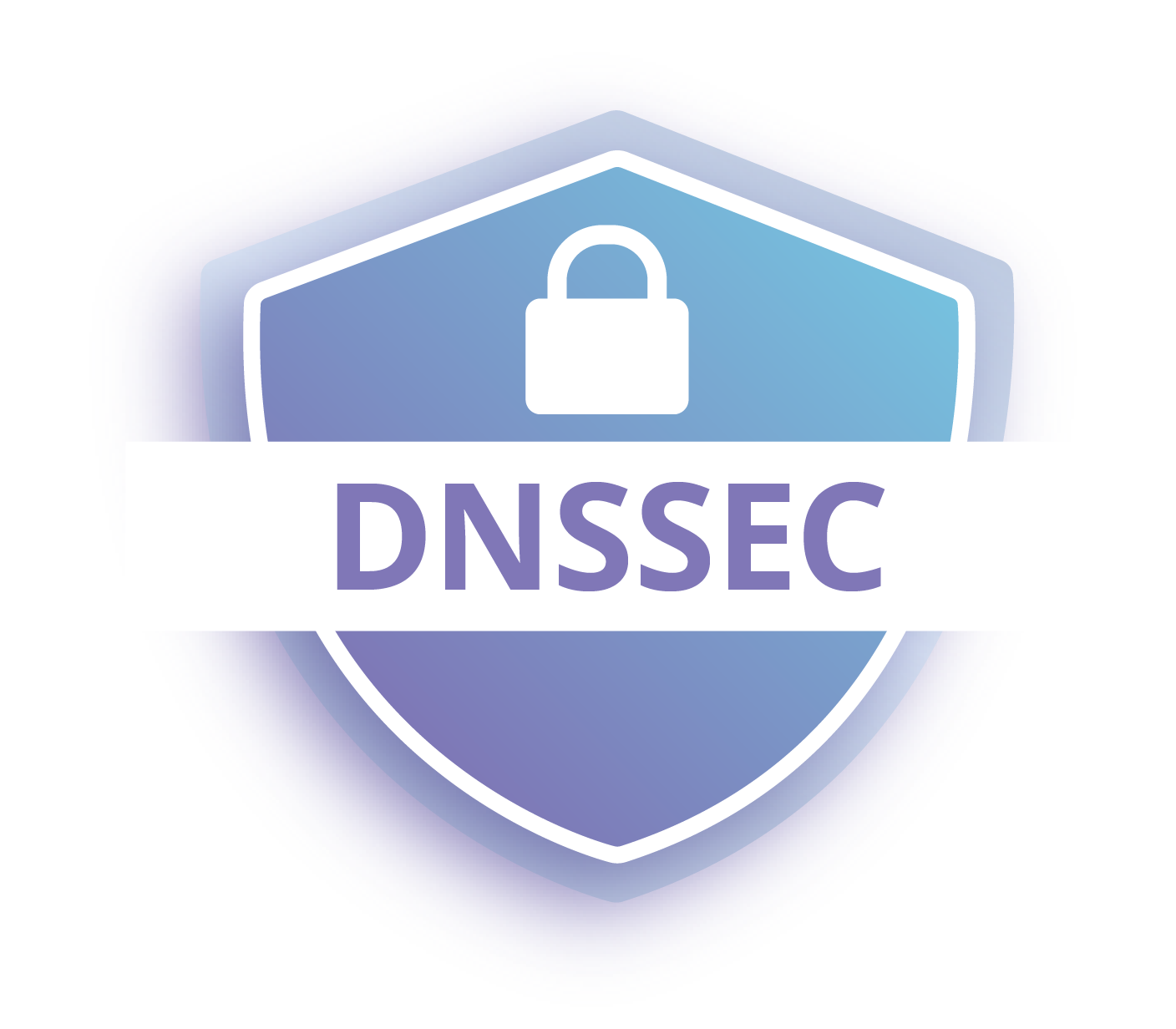
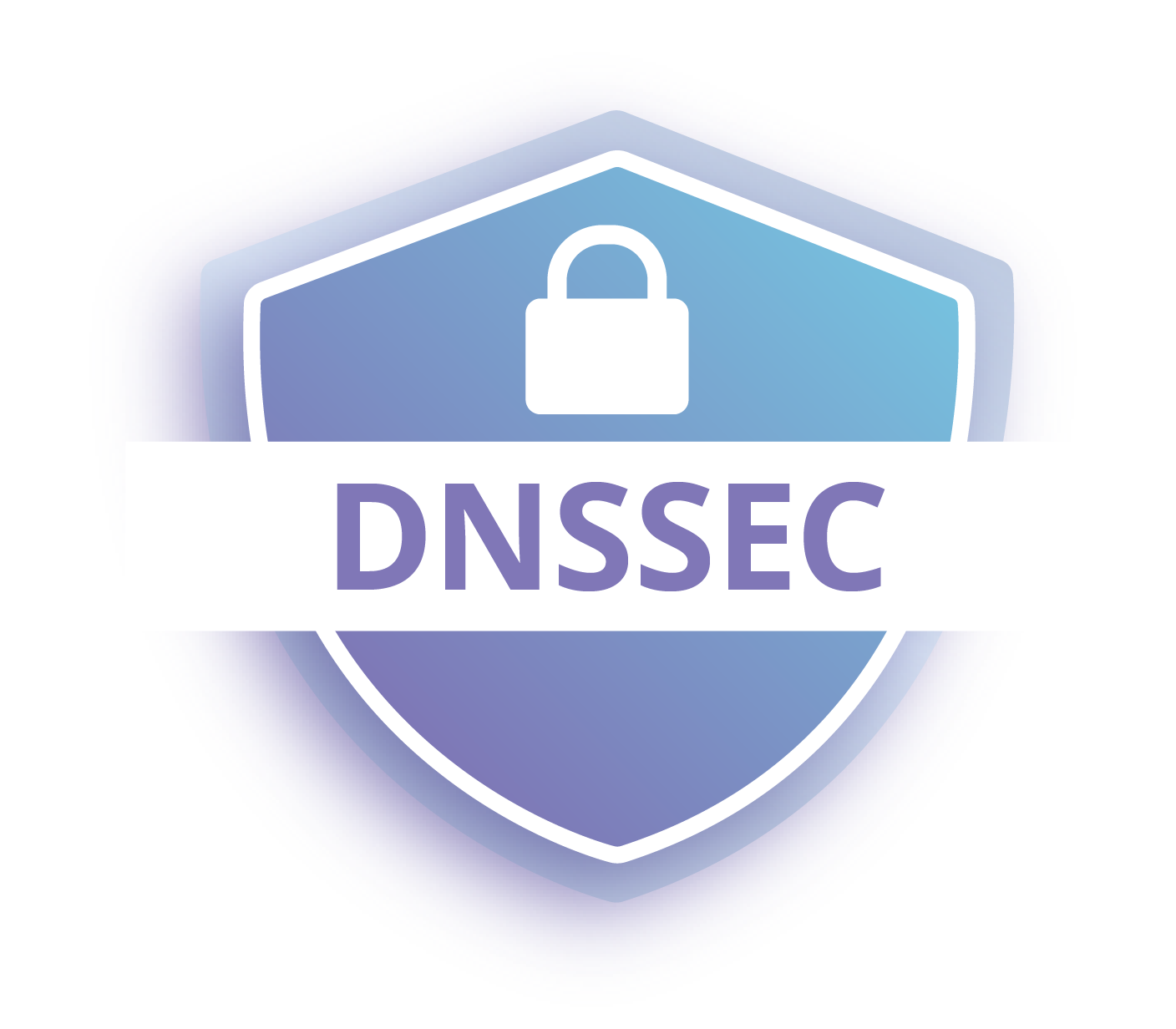
Cloudflare first started talking about DNSSEC in 2014 and at the time, Nick Sullivan wrote: “DNSSEC is a valuable tool for improving the trust and integrity of DNS, the backbone of the modern Internet.”
Over the past four years, it has become an even more critical part of securing the internet. While HTTPS has gone a long way in preventing user sessions from being hijacked and maliciously (or innocuously) redirected, not all internet traffic is HTTPS. A safer Internet should secure every possible layer between a user and the origin they are intending to visit.
As a quick refresher, DNSSEC allows a user, application, or recursive resolver to trust that the answer to their DNS query is what the domain owner intends it to be. Put another way: DNSSEC proves authenticity and integrity (though not confidentiality) of a response from the authoritative nameserver. Doing so makes it much harder for a bad actor to inject malicious DNS records into the resolution path through BGP Leaks and cache poisoning. Trust in DNS matters even more when a domain is publishing record types that are used to declare trust for other systems. As a specific example, DNSSEC is helpful for preventing Continue reading

Photo by Mink Mingle / Unsplash
Cloudflare recently updated the authoritative DNS service to support nine new record types. Since these records are less commonly used than what we previously supported, we thought it would be a good idea to do a brief explanation of each record type and how it is used.
DNSKEY and DS work together to allow you to enable DNSSEC on a child zone (subdomain) that you have delegated to another Nameserver. DS is useful if you are delegating DNS (through an NS record) for a child to a separate system and want to keep using DNSSEC for that child zone; without a DS entry in the parent, the child data will not be validated. We’ve blogged about the details of Cloudflare’s DNSSEC implementation and why it is important in the past, and this new feature allows for more flexible adoption for customers who need to delegate subdomains.
Today, there is no way to restrict which TLS (SSL) certificates are trusted to be served for a host. For example if an attacker were able to maliciously generate an SSL certificate for a host, they could use a man-in-the-middle attack Continue reading
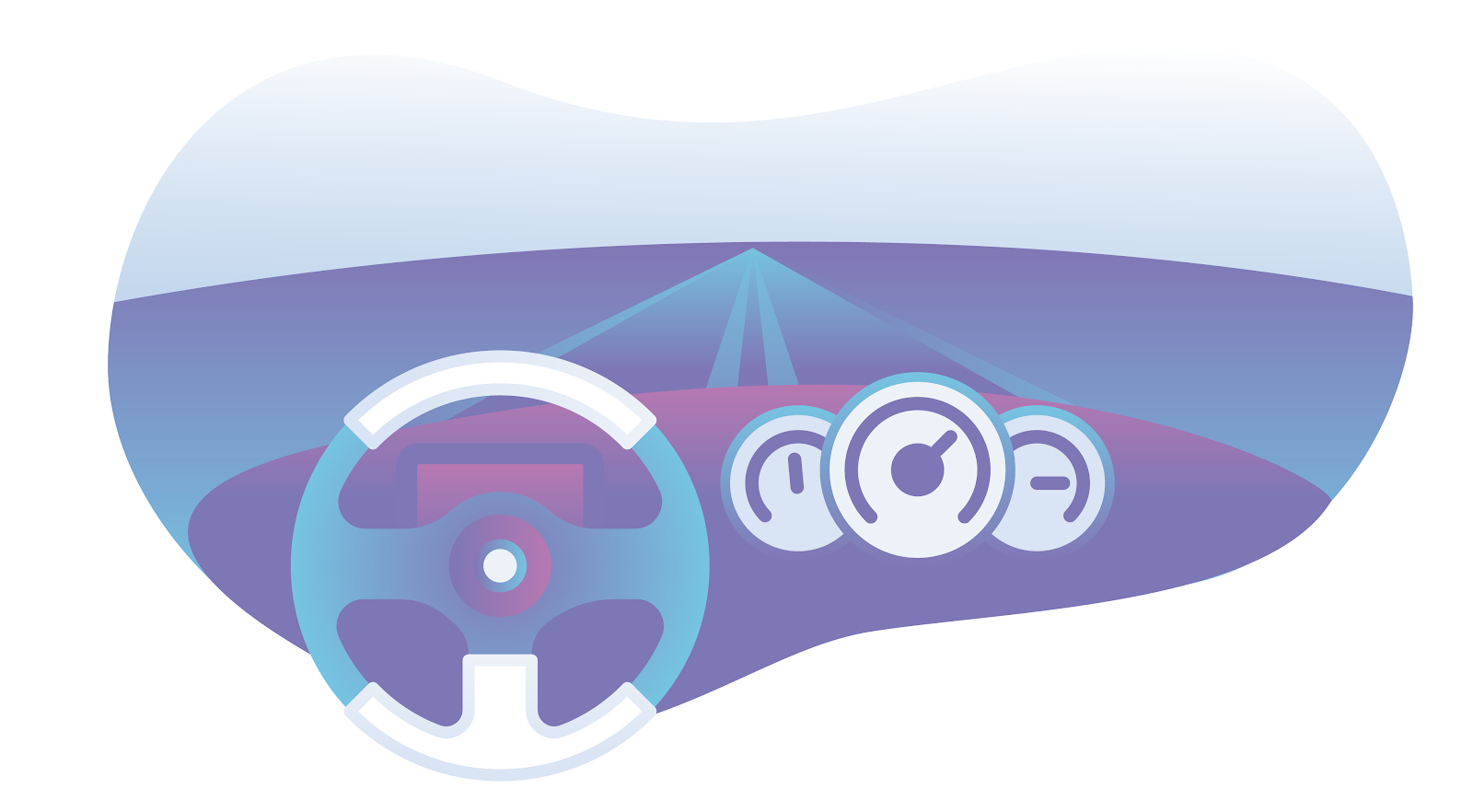

Earlier this month we released Dynamic Steering for Load Balancing which allows you to have your Cloudflare load balancer direct traffic to the fastest pool for a given Cloudflare region or colo (Enterprise only).
To build this feature, we had to solve two key problems: 1) How to decide which pool of origins was the fastest and 2) How to distribute this decision to a growing group of 151 locations around the world.
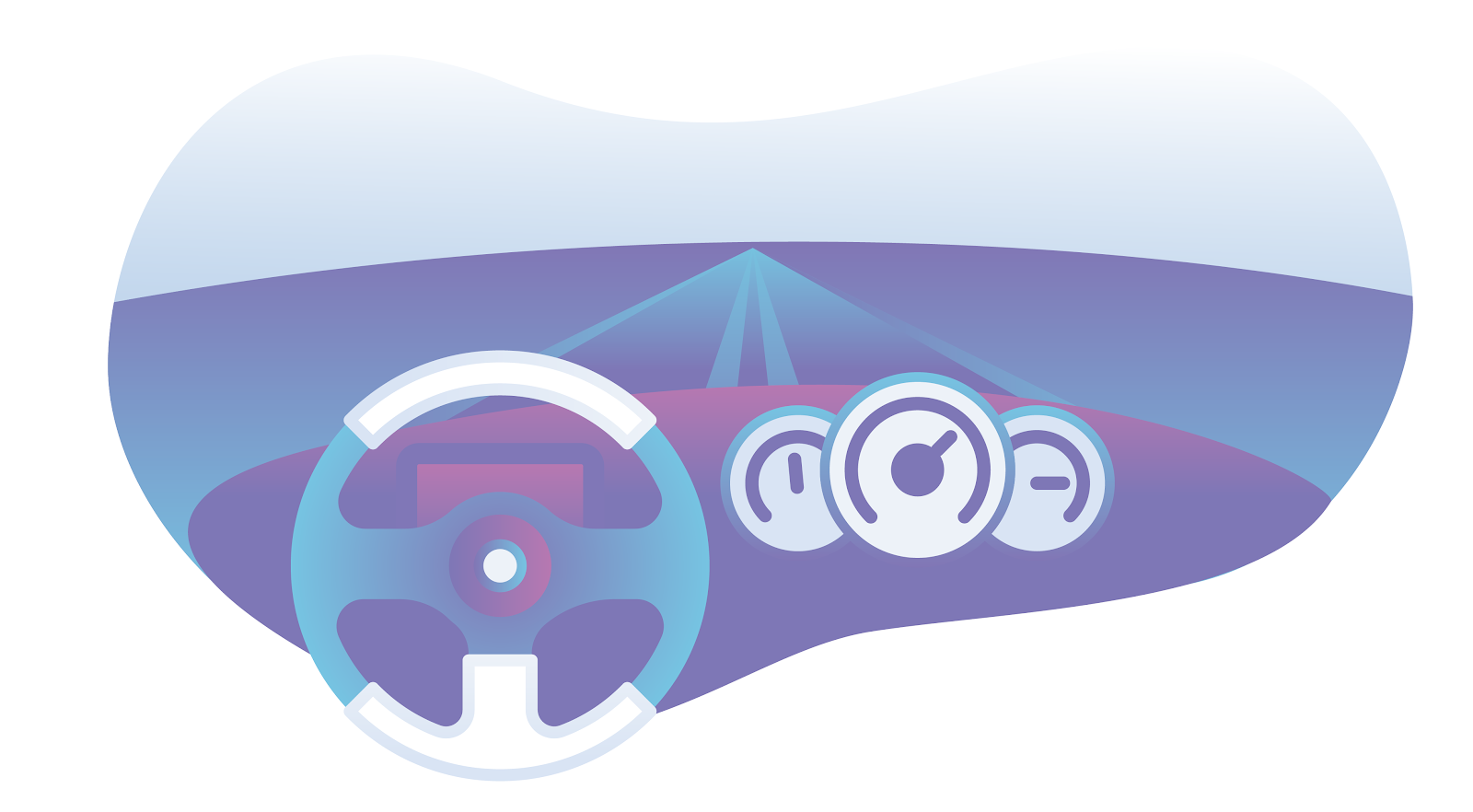
As my math teacher taught me, the shortest distance between two points is a straight line. This is also typically true on the internet - the shorter approximate distance there is between a user going through Cloudflare location to a customer origin, the better the experience is for the user. Geography is one way to approximate speed and we included the Geo Steering function when we initially introduced the Cloudflare Load Balancer. It is powerful, but manual; it’s not the best way. A customer on Twitter said it best:
@Cloudflare #FeatureRequest why can’t your load balancers determine which server is closest to the user then direct them to that one?
I don't want to have configure 10+ regions manually. This Continue reading

A few months ago at Cloudflare’s Internet Summit, we hosted a discussion on A Cloud Without Handcuffs with Joe Beda, one of the creators of Kubernetes, and Brandon Phillips, the co-founder of CoreOS. The conversation touched on multiple areas, but it’s clear that more and more companies are recognizing the need to have some strategy around hosting their applications on multiple cloud providers.
Earlier this year, Mary Meeker published her annual Internet Trends report which revealed that 22% of respondents viewed Cloud Vendor Lock-In as a top 3 concern, up from just 7% in 2012. This is in contrast to previous top concerns, Data Security and Cost & Savings, both of which dropped amongst those surveyed.
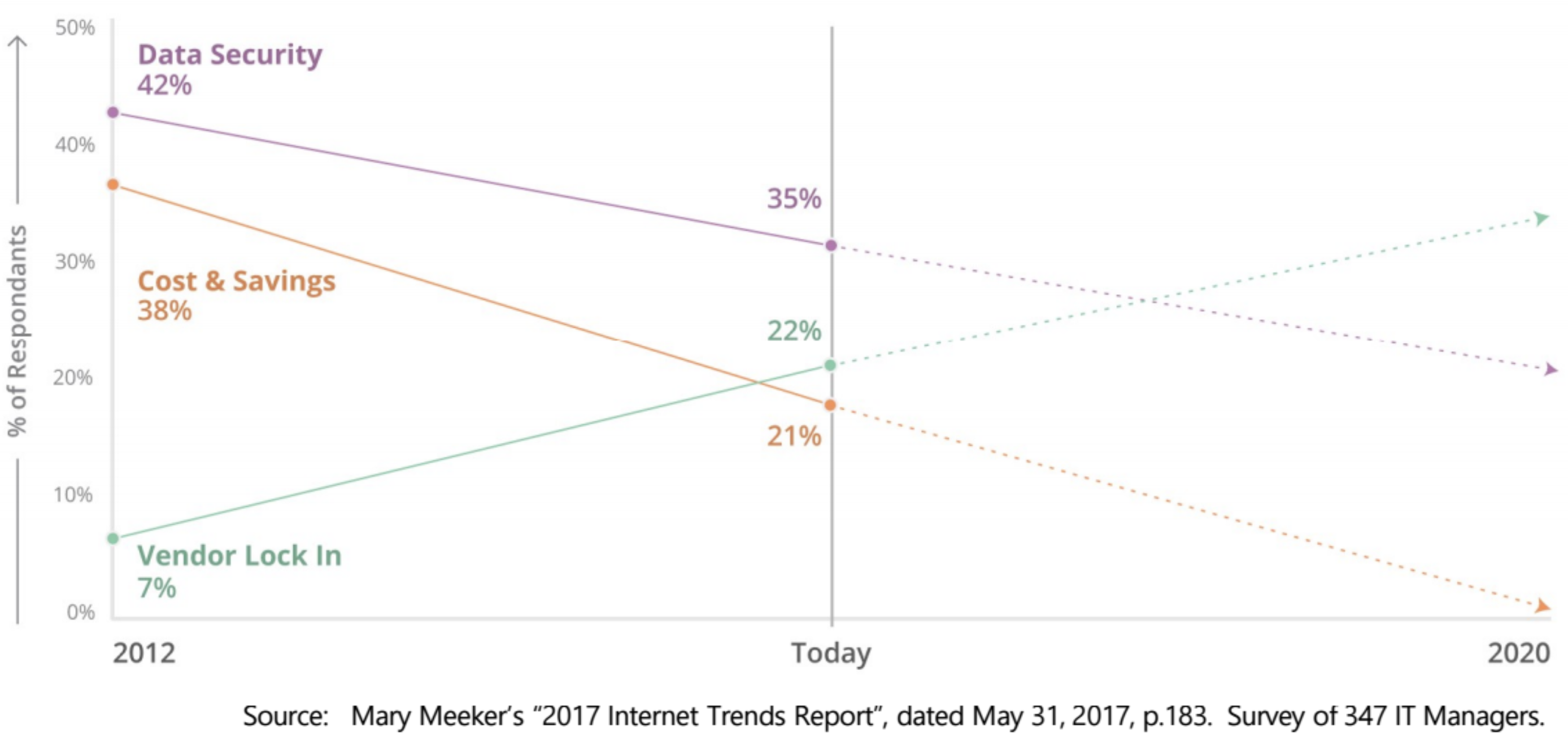
At Cloudflare, our mission is to help build a better internet. To fulfill this mission, our customers need to have consistent access to the best technology and services, over time. This is especially the case with respect to storage and compute providers. This means not becoming locked-in to any single provider and taking advantage of multiple cloud computing vendors (such as Amazon Web Services or Google Cloud Platform) for the same end user services.
There are Continue reading